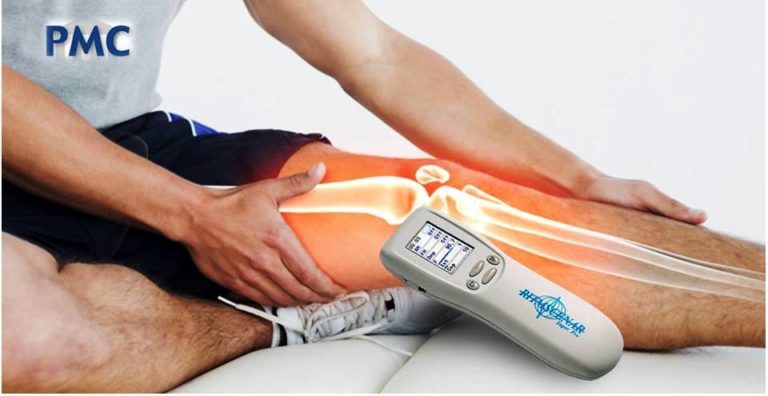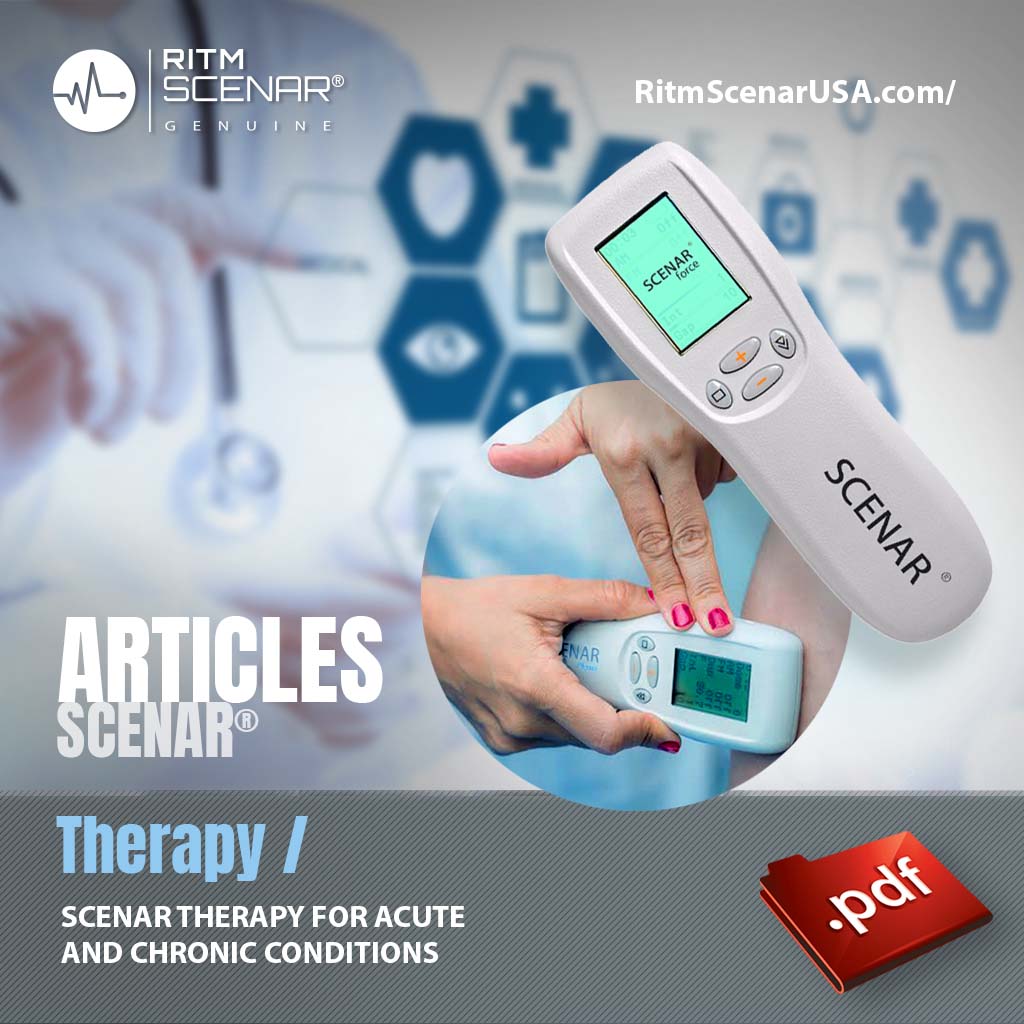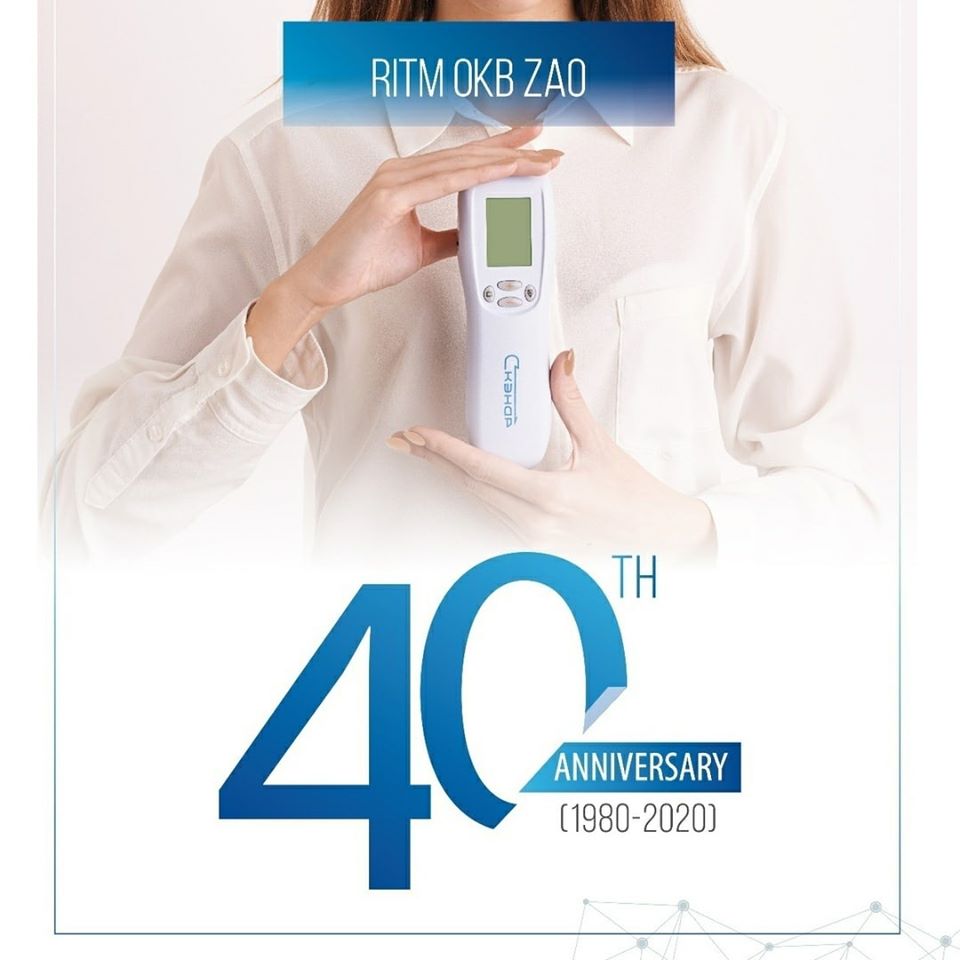Here is an interesting article that proves that:
- Development in SCENAR therapy never ends, there is always new areas for research.
- The human body is a smart system, where all the vital processes connected to provide the harmonious work of all body parts.
- SCENAR is a leading pain relief device on the modern pain-management market.
Implementation of Electrical Auricular Acupuncture and Low Frequency Modulated Electric Current Therapy in Pain Management of Patients
With Knee Osteoarthritis: A Randomized Pilot Trial
Background: Knee osteoarthritis is a major cause of knee pain. Conservative therapy resources are limited due to adverse effects. Therefore, alternative non-invasive therapy approaches to reduce pain medications are gaining importance. The current study analyses if electrical auricular acupuncture (EAA) or low frequency modulated electric current therapy (LFMECT) SCENAR could support analgesic treatment.
Full article:
Abstract
Background: Knee osteoarthritis is a major cause of knee pain. Conservative therapy resources are limited due to adverse effects. Therefore, alternative non-invasive therapy approaches to reduce pain medications are gaining importance. The current study analyses if electrical auricular acupuncture (EAA) or low frequency modulated electric current therapy (LFMECT) could support analgesic treatment.
Methods: In a randomized pilot trial patients with painful knee OA were treated with EAA (group 1) or LFMECT (group 2) additional to standard pharmacological analgesic treatment. In total 19 female and 10 male patients with a mean age of 59.1 years (standard deviation ± 13.6) and a mean BMI of 28.9 kg/m2 (± 5.2) were included. Patients were randomly assigned to one of the groups stratified for age, gender and BMI. Before starting of the active study period and collecting of the initial data on day 1, all patients received a pharmacological analgesic baseline therapy for one week. At the next study stage patients started their randomly assigned treatment protocol for 42 days and final follow-up was set on day 70. Patients recorded their pain intensity (numerical rating scale; NRS) using a standardized patient diary. The pain free walking time in min was recorded and range of motion was assessed.
Results: Rescue medication intake was comparable between both groups on day 42 (p = 0.55) and day 70 (p = 0.35). After the active study period (day 42) pain scores decreased significantly in both groups (group 1 p = 0.02; group 2 p = 0.0006). At follow up median pain scores further decreased in group 1 (p = 0.0002) and remained at a low level in group 2 (p = 0.001). Level of pain decreased in about 50% in both groups and was comparable during the study period. Total mean range of motion (ROM) increased in both groups (group 1 p = 0.0003; group 2 p = 0.02). Group 1 had more improvement of mean total ROM compared to group 2 (p = 0.034). Pain-free walking time increased in both groups and was comparable between both groups (p = 0.31). Any adverse effects due to EAA or LFMECT were not observed.
Conclusions: Data of the current study indicates that implementation of EAA or LFMECT seems to be beneficial to reduce knee pain and improve knee function in patients with knee osteoarthritis.
Keywords: conservative therapy; electrical auricular acupuncture (EAA); knee osteoarthritis; low frequency modulated electric current therapy (LFMECT); pharmacological analgesics.
taken from the site







1 Comment. Leave new
Can you illustrate how to apply the Scenar Device to an arthritic knee for pain?